Where Did John Lennon & Yoko Ono First Meet?
John and Yoko officially met in Indica. A bookshop and art gallery in St James's, London just before all the Beatles left for India.
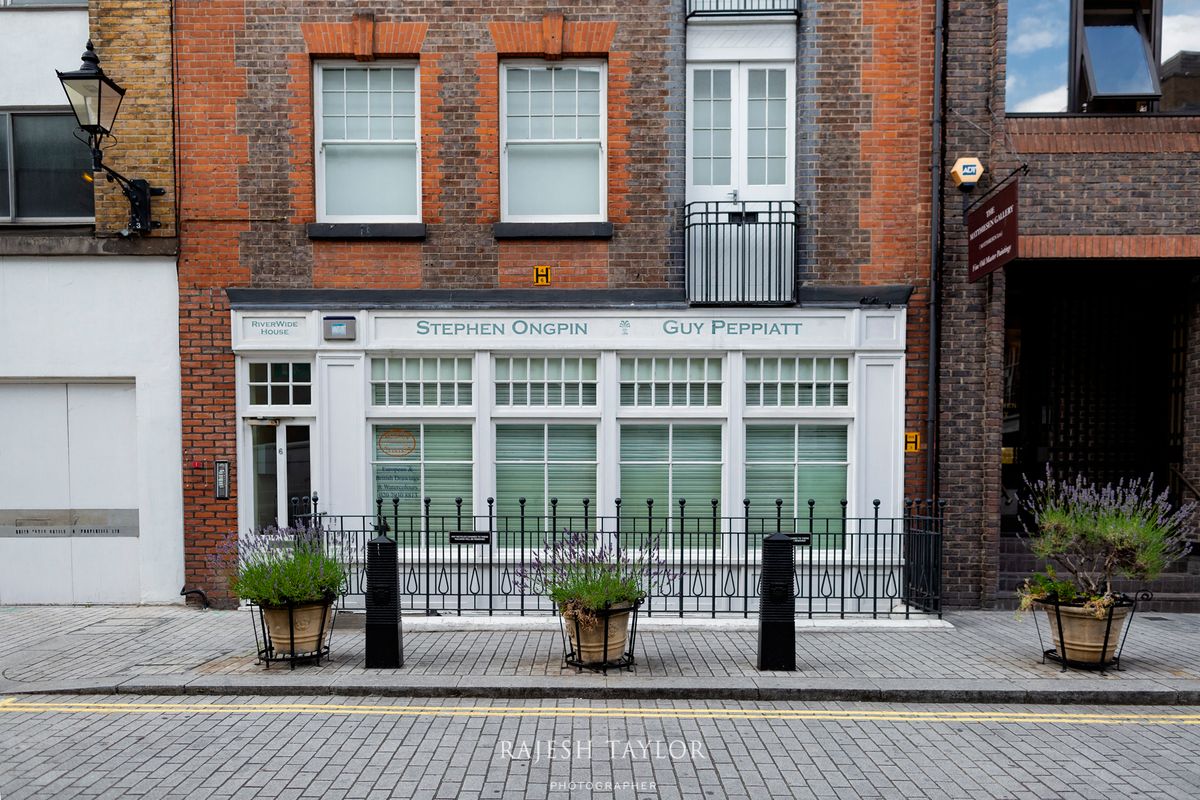
Part of the Secrets Societies of St James's London Tour.
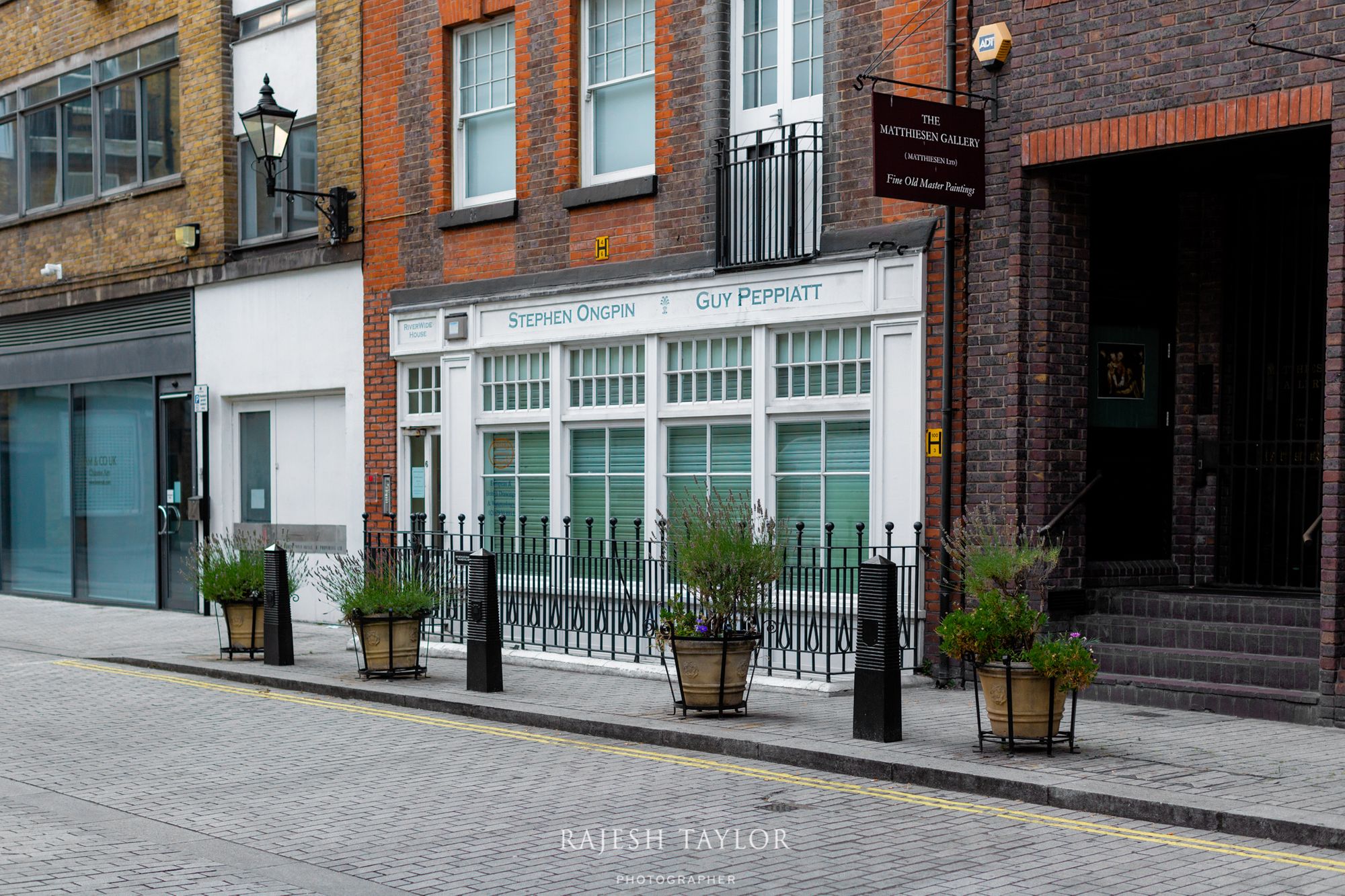
As old stable yards go, this may be the most infamous.
History of Mason's Yard, St James's
In 1662, Henry Jermyn, 1st Earl of St. Albans, was granted 42 acres of field north-east of St. James's Palace by King Charles II. Inspired by his European adventures, Jermyn designed a grand square in the fashion of continental piazzas. The design would go on to inspire the West End. He is now widely acknowledged as the 'Father of the West End'.
The Plague of 1665 and The Great Fire of 1666 halted building work which eventually began in 1667. Within 50 years, no less than seven Dukes and seven Earls were in residence nearby on St James's Square alone. Exclusive private members clubs across Pall Mall's Club Land all within walking distance, Buckingham and St James's Palaces.
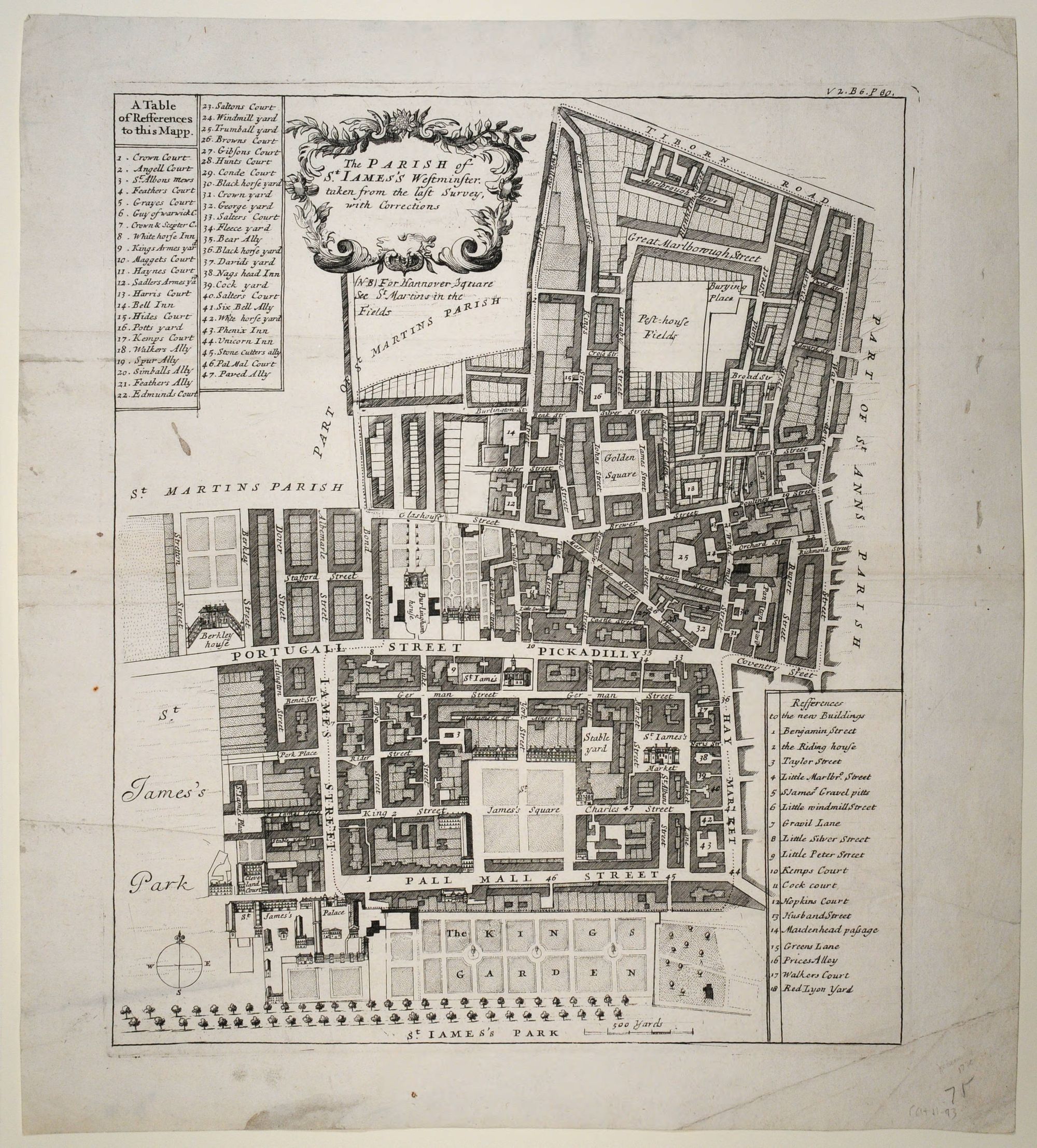
Benjamin Cole's engraved map shows the form of St James's Parish. Note Jermyn Street (Ger–man Street), running parallel to Portugal Street which turns into Pickadilly had no through access either to St James's Street nor Regent Street Saint James's.
St James's Square intersects King and Charles Street, Which is named in honour after the ruling monarch.
Entrance to Mason's Yard from Duke Street
Mason's Yard was originally known as St Albans Mews and intended as a 200 foot stable yard. It's location is marked 3 on the north-west corner.
Ratebooks record Henry Mason living at a tavern on 16 Duke Street from 1717. No relation to Hugh Mason. The shop owner in St. James's Market who went into partnership with William Fortnum in 1707, establishing the legendary Fortnum & Mason 100 yards north on the corner of Duke Street and Picadilly.
Coincidentally, next door at number 17 is MacConnal-Mason Galleries, who also have a shop at number 14. The 4th generation family business was established in 1893 specialising in Fine Art. Masons everywhere it seems...

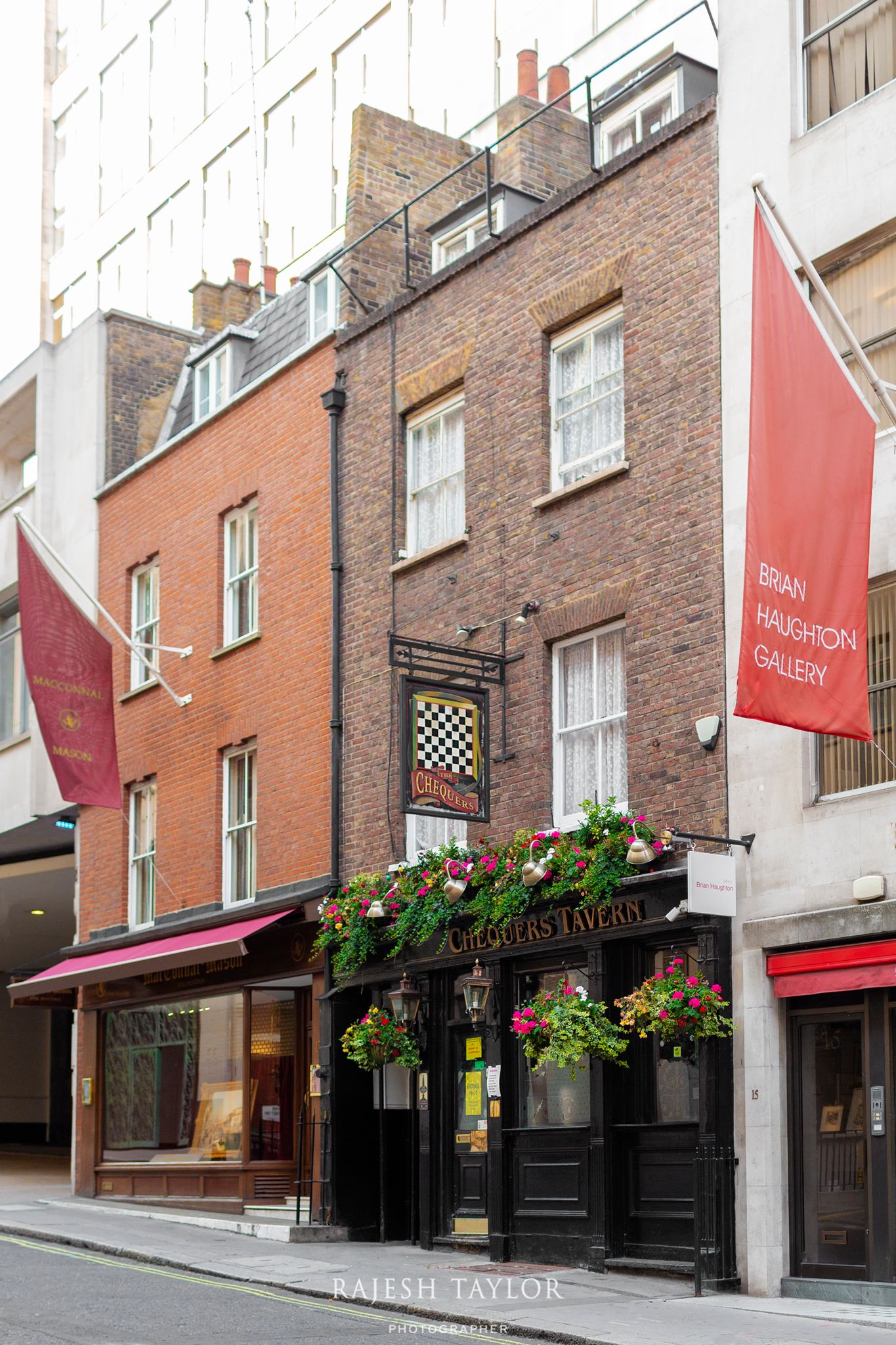
(Left) Chequers Tavern in 1975 (Right) The Chequers in 2020. Formerly the Mason Arms on Duke Street © Rajesh Taylor
Henry Mason would be granted a Victualler's licence a few years later. The tavern was listed as The Mason's Arms, upon the issue of the license.
What is a Victualler?
A Victualler is a person who supplies food, beverages and other provisions. During this time, Mason would have been providing the crews of The Royal Navy's supply vessels.
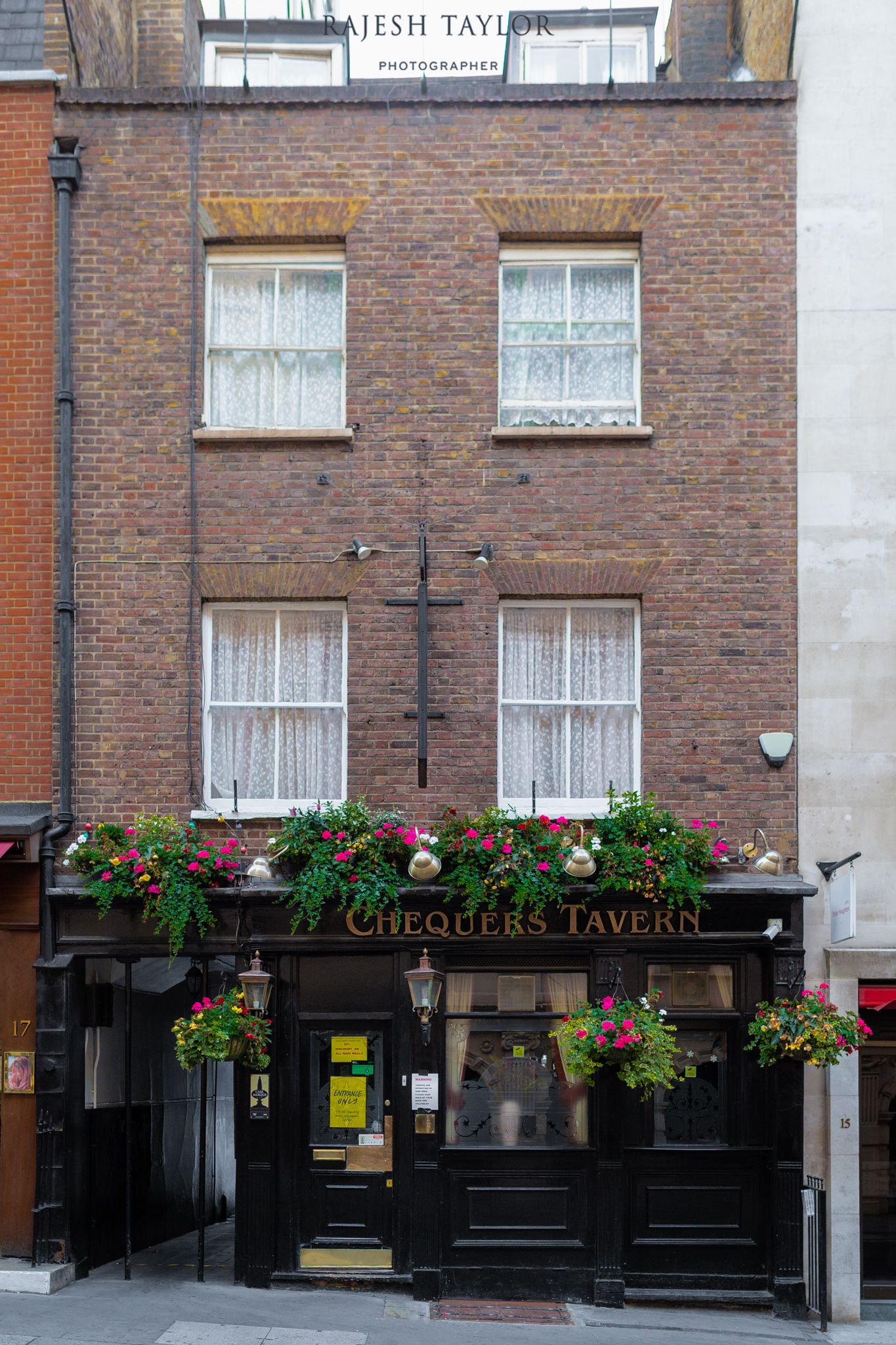

(Left) Front of Chequers Tavern (Right) Pedestrian side alley to Mason's Yard © Rajesh Taylor
The yard behind The Mason's Arms was used for coachmen and stable boys who would enter the yard through Duke Street. In time, The Mason's Arms became known as The Chequers Tavern. In 1751, it was renamed to Chequers Arms.
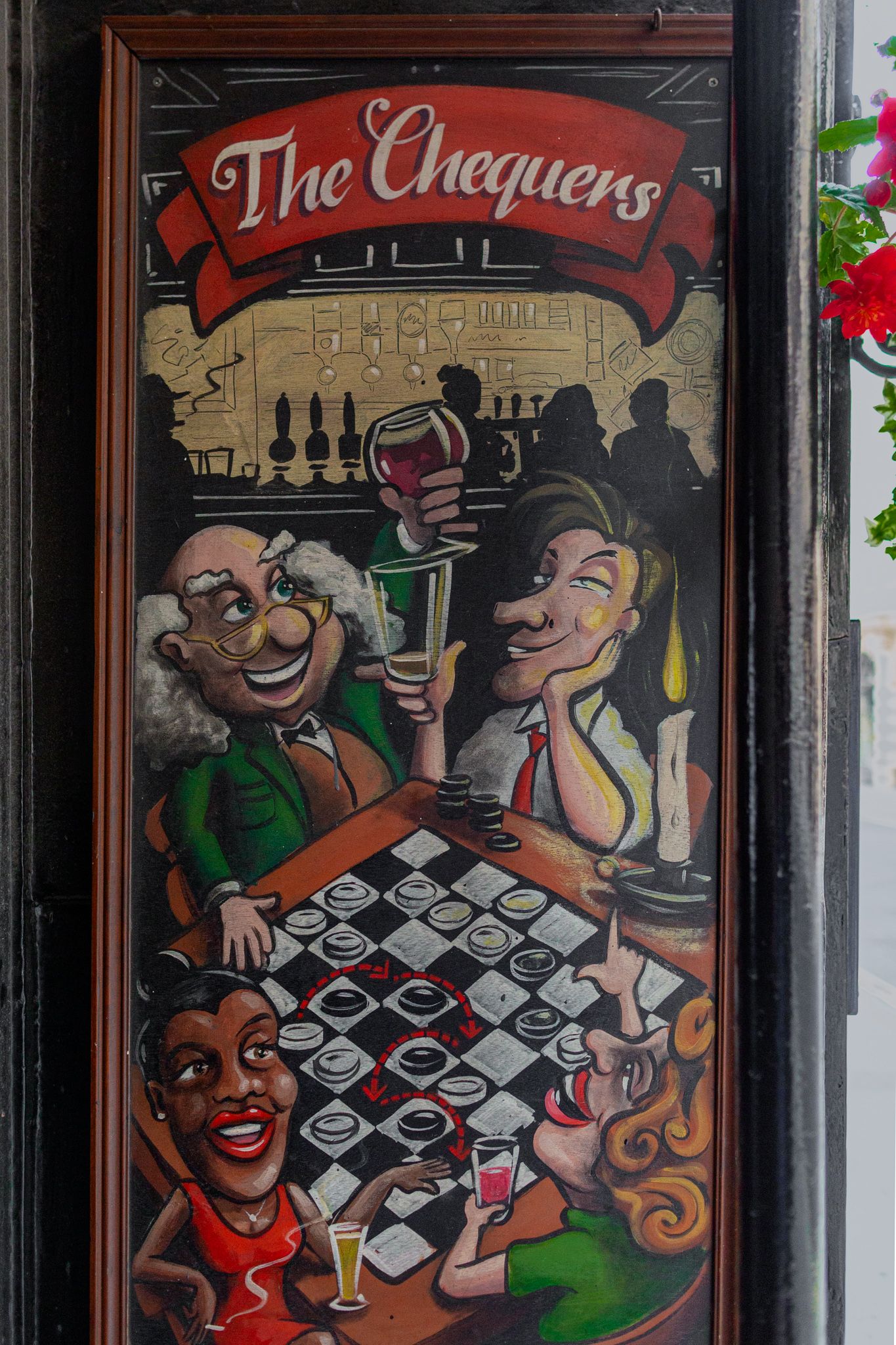

Modern day signage behind flower basket & price-list © Rajesh Taylor
They would wile away their time drinking ale, playing chequers on the steps of the public house. Today Pimms and Sangria are on tap for the city folk working nearby.
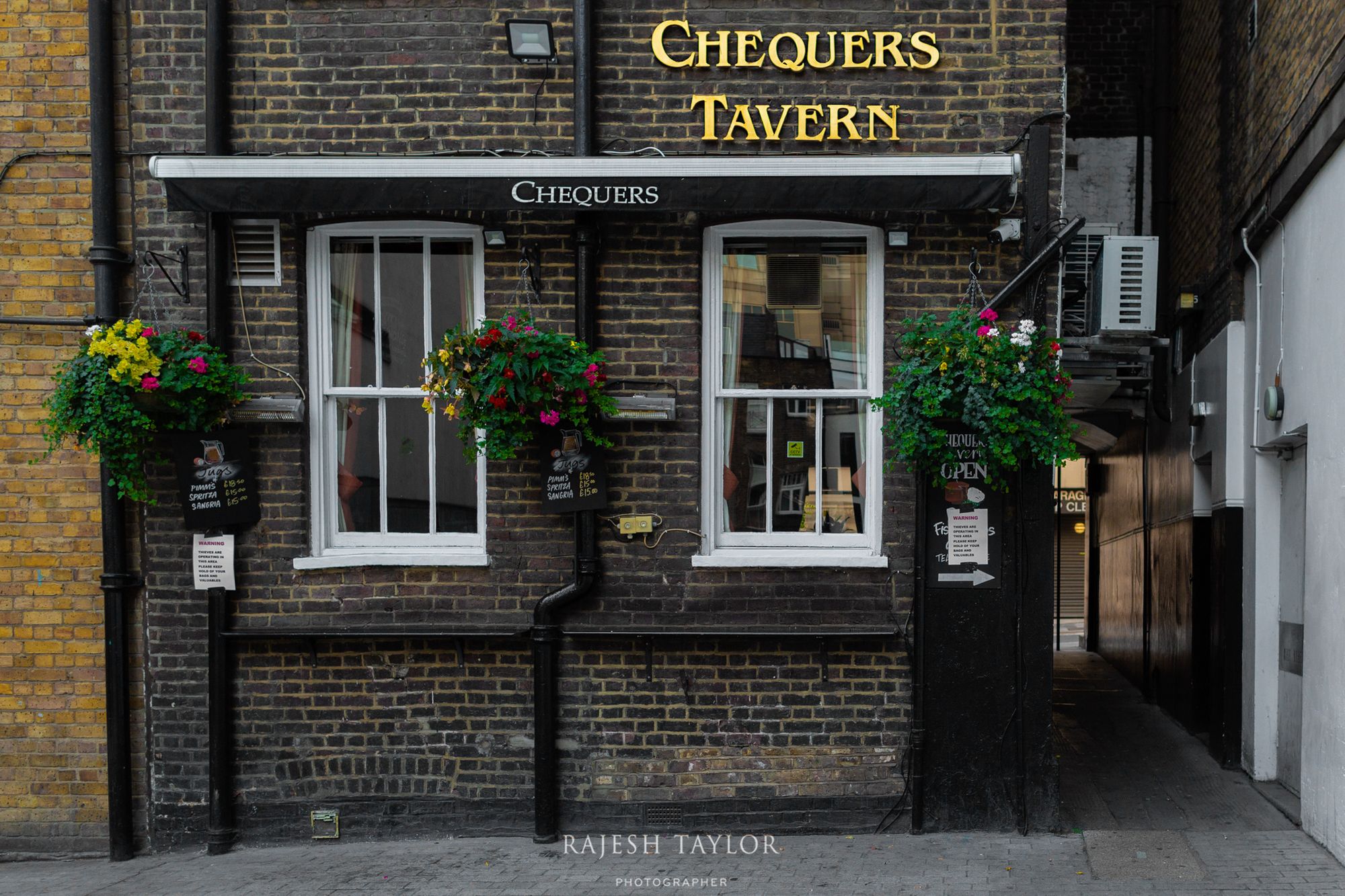
The large central isolated block in the yard existed from the beginning and is marked on Blome's map. Rebuilt in 1728, then transformed into an electricity sub-station in the 1800's. It is now home to White Cube, a contemporary art gallery. Completely out of place, but is at least hidden out of sight.
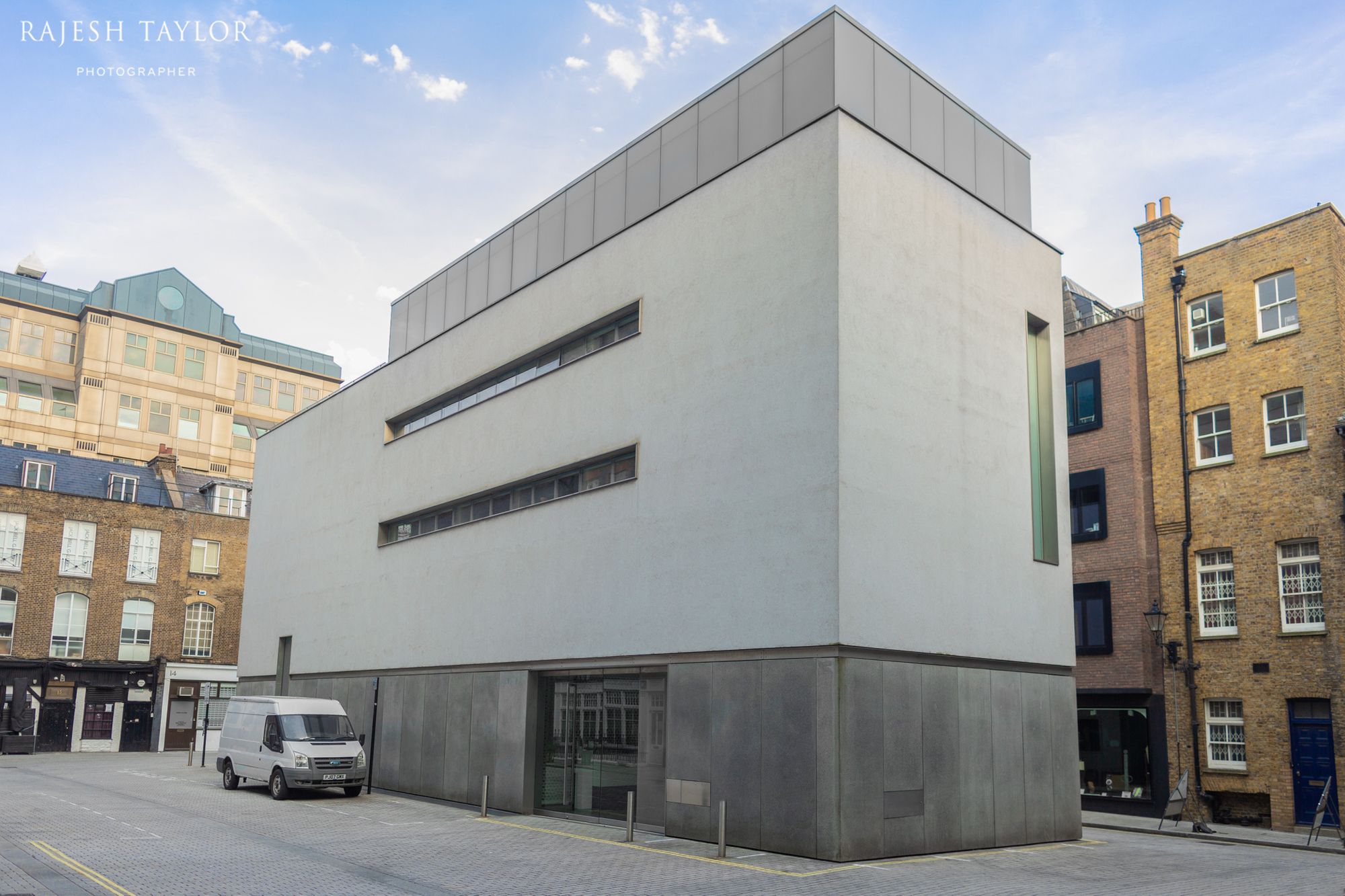

(L) White Cube from Duke Chequer's Tavern entrance (R) 6 Mason's Yard, formerly Indica © Rajesh Taylor
6 Mason's Yard - Indica
Writer Barry Miles had been planning to open his own bookstore in a small venue. Through a contact, Miles met John Dunbar, an Art Collector. At the time he was married to Marianne Faithfull, pregnant at the time with their son (before leaving him for Mick Jagger). Dunbar was planning on opening a gallery with friend Peter Asher.
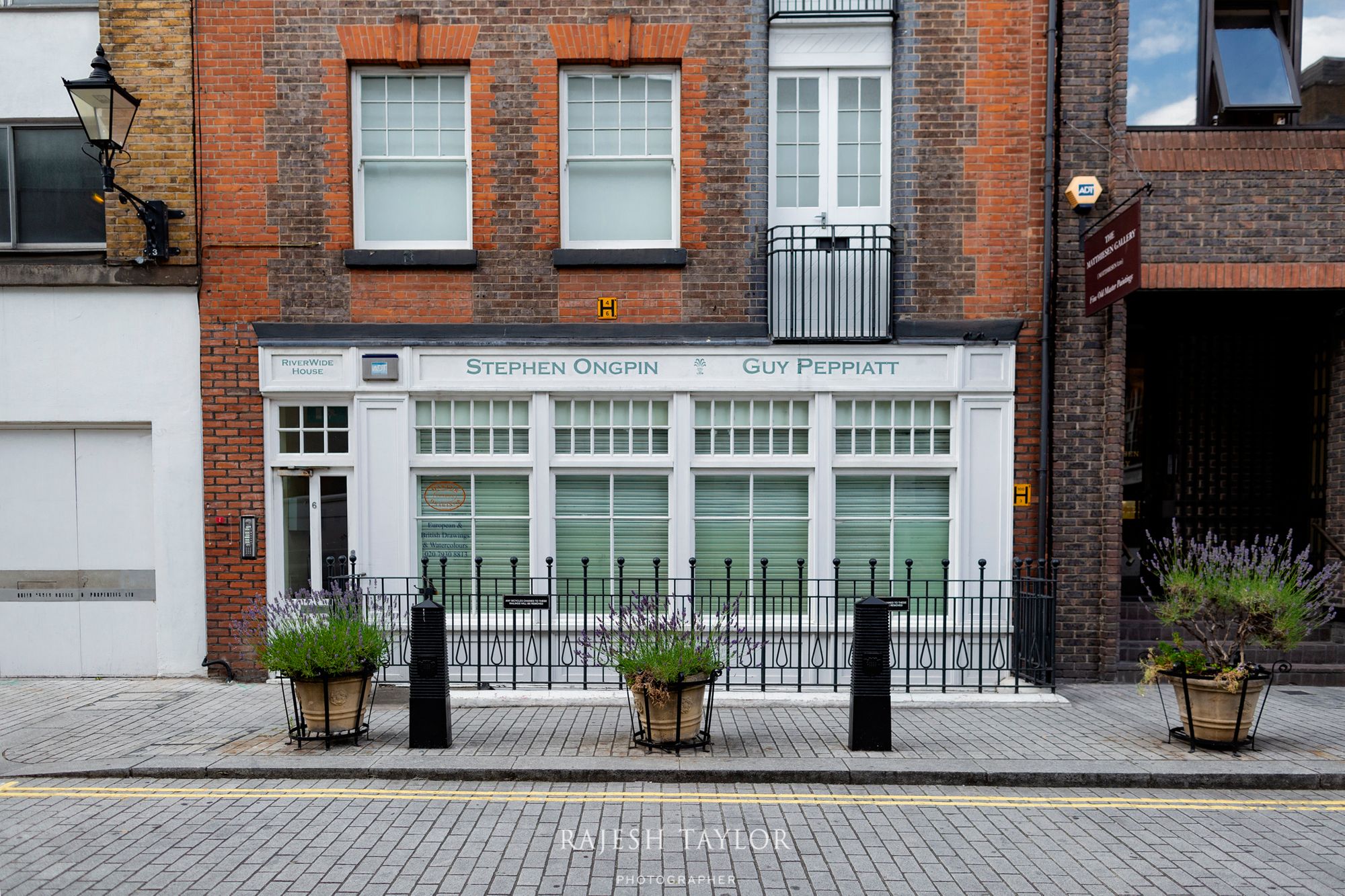
Asher was the brother of Jane Asher, for a long period Paul McCartney's girlfriend and half of the singing duo Peter and Gordon, who had already a big hit in 1964 with Lennon and McCartney's "World Without Love".
They combined their ideas, forming Miles, Asher and Dunbar (MAD).

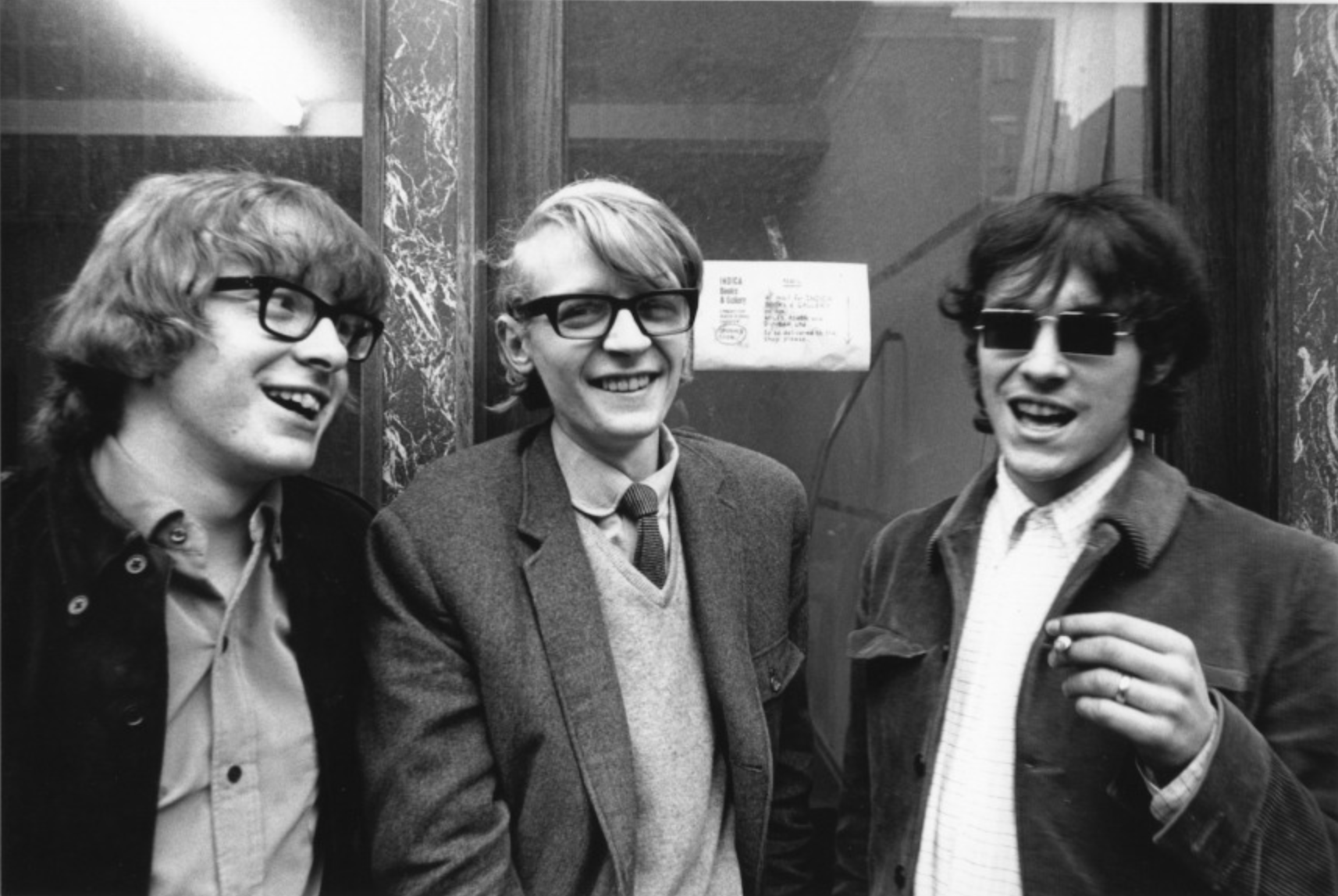
(Left) Indica Bookshop & Gallery (Right) Peter Asher, Barry Miles and John Dunbar © Graham Keen
Barry Miles did the Books, John Dunbar the art down in the basement. Paul McCartney, was living with Peter Asher's family home in Wimpole Street, Marylebone was quickly roped in to help. He put up shelves, painted walls and designed the wrapping paper and provided funds.
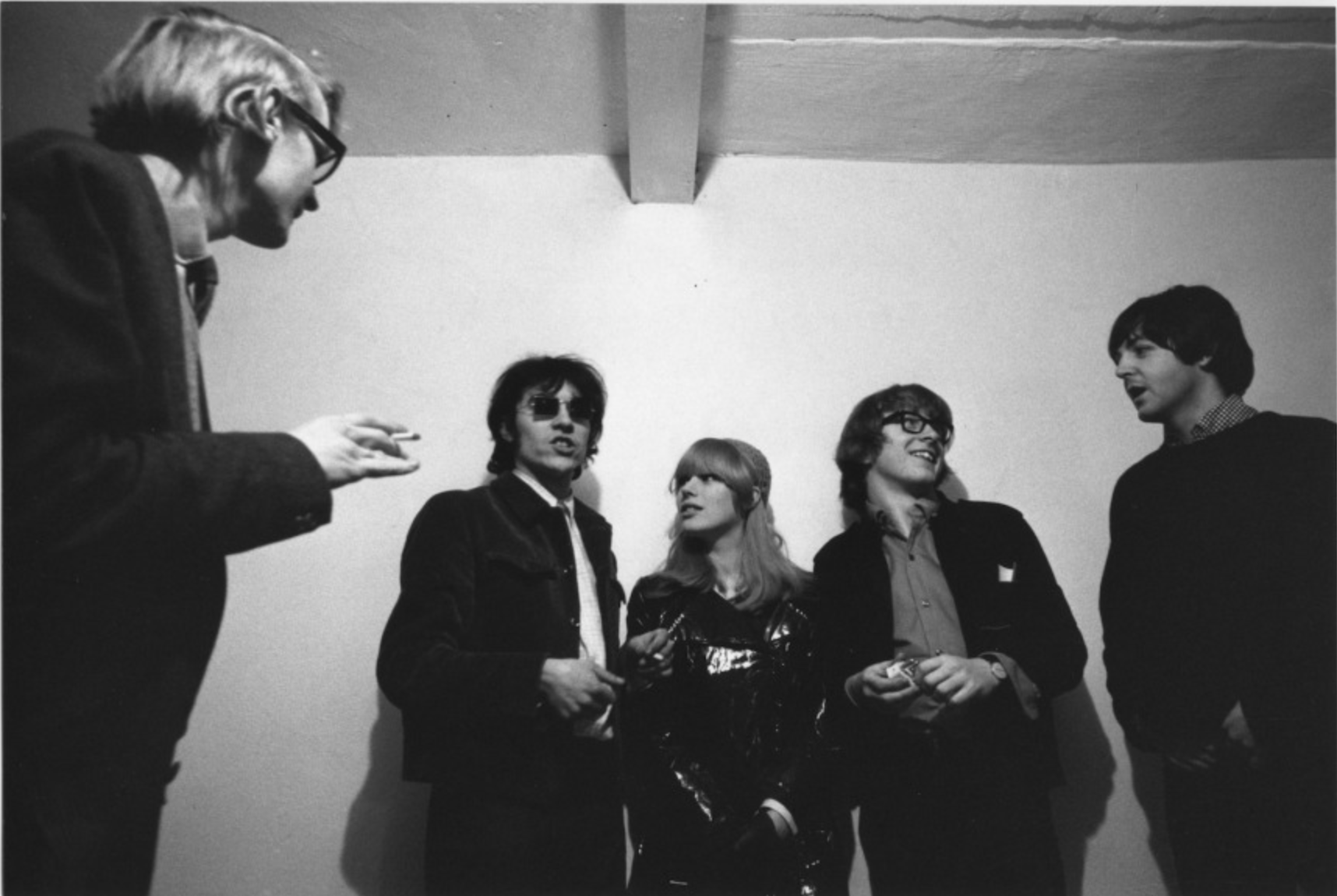
Jane Asher donated the cash till and would help out in the shop while her brother would sometime use Indica as a venue for interviews, giving it valuable publicity.

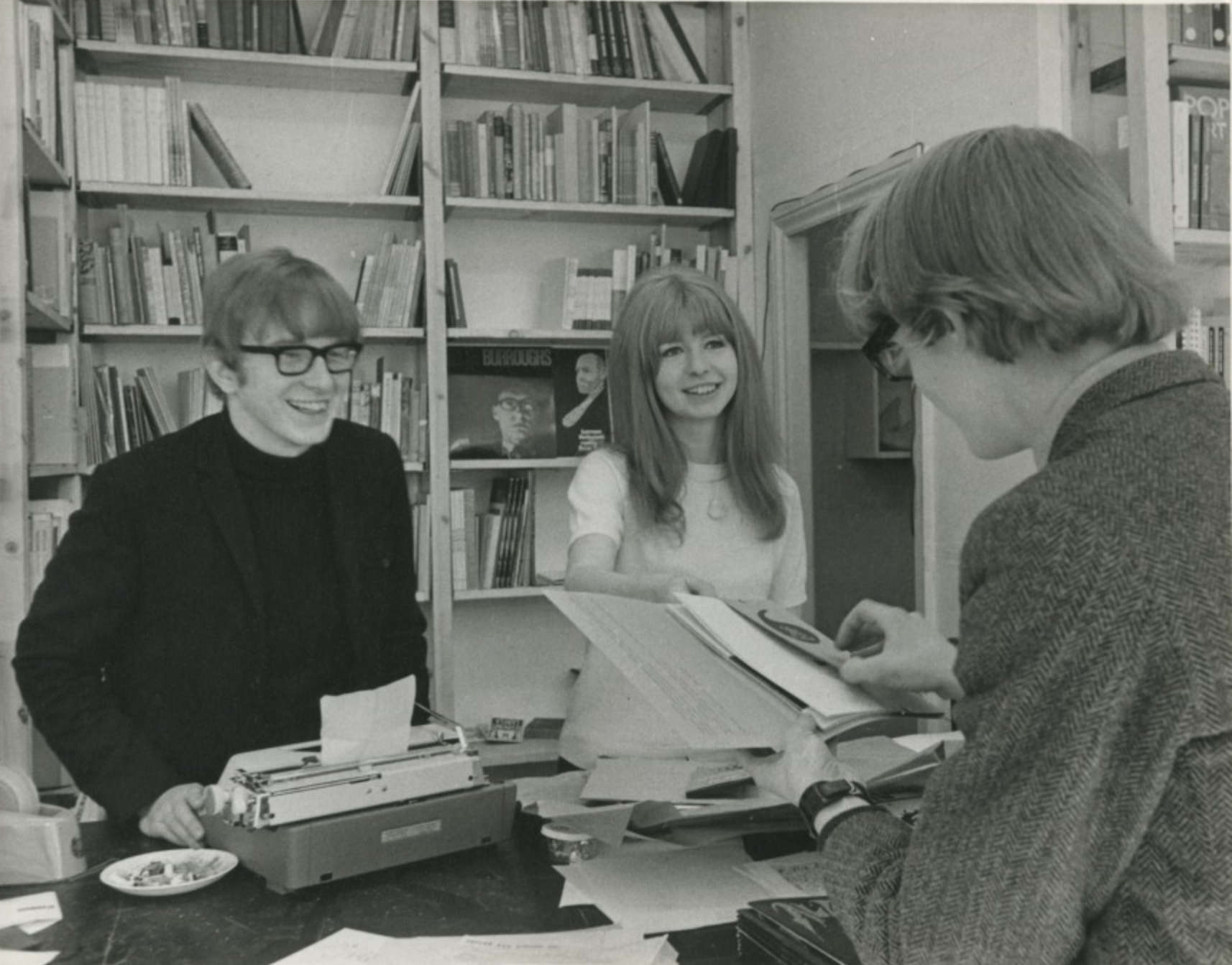
(Left) Peter Asher in Indica Bookshop. (Right) Peter and sister Jane Asher with Barry Miles.
Opening in 1965, Indica, spun to the press as a play on the word "indicator". An idea of where art is going. Barry Miles would later admit in an interview with The Telegraph, it was really inspired by a variety of cannabis.
Enter the Praying Mantis
After moving to New York, Ono met her first husband Toshi Ichiyanagi, a Japanese composer. Both were very involved in the local avant-garde music scene. They eloped in 1956 after her wealthy parents disapproved of their marriage. Returning home to Japan in 1961.
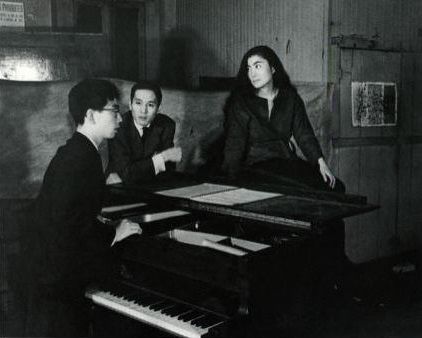
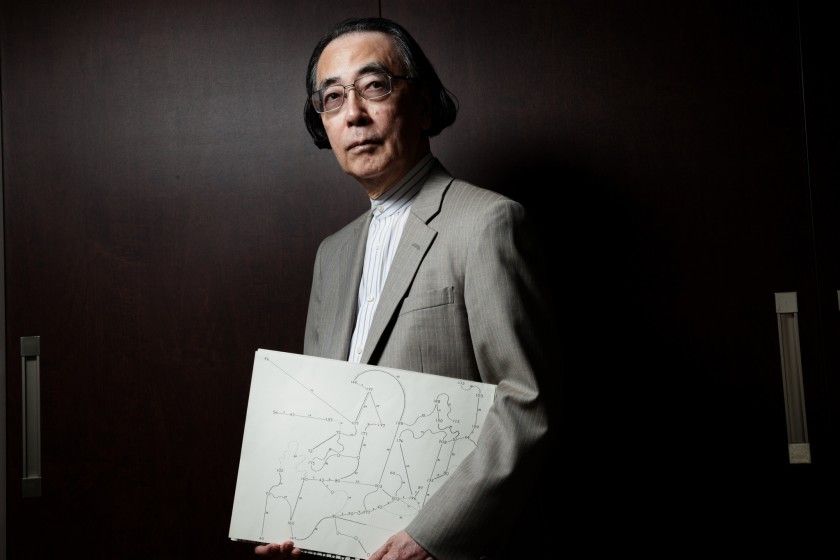
Yoko Ono with her first husband Japanese composer Toshi Ichiyanagi © LA Times
Within months she was onto her next husband. American Musician and Filmmaker Anthony Cox. He had came across her art work, located her down in Tokyo where she was recovering from a nervous breakdown. They married in 1962.
Their marriage was annulled, due to Ono neglecting to officially finalise her divorce from Ichiyanagi. They remarried in 1963, two months before their daughter Kyoko was born.
Cox agreed to Ono's request to become a house-husband while Yoko continue with her art. Yoko's decision to leave Cox following revelations of her affair with Lennon, would result in 30 years of no contact with her daughter.
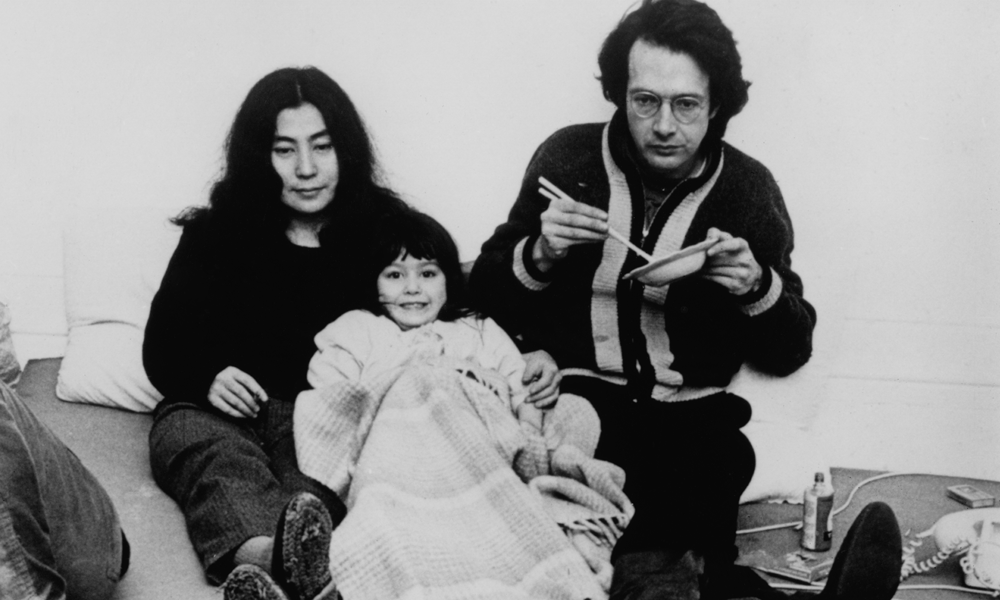
Ono left for London, the hippest city in the world. Taking part in Gustav Metzger's Destruction in Art in September 1966 at the original Africa Centre in Covent Garden. A diverse group of "counter-cultural artists and social commentators" speaking on the theme of destruction.
In November, she would be preparing her own exhibition Unfinished Paintings and Objects in the basement of 6 Mason's Yard. Which many refer to, as the start the end of the Beatles.
Lennon's Account of Meeting Ono at Indica
Lennon's was asked to recall how he met Yoko and how their relationship developed in a famous Rolling Stones interview:
Lennon: "John Dunbar, had an Art Gallery in London called Indica, and I'd been going around to galleries a bit on my off days in between records. I got word that this amazing woman was putting on a show the next week, something about people in bags, in black bags, and it was going to be a bit of a happening and all that. So I went to a preview the night before it opened. I went in - she didn't know who I was or anything - and I was wandering around. There were a couple of artsy-type students who had been helping, lying around there in the gallery, and I was looking at it and was astounded. There was an apple on sale for £200.
But it was another piece that really decided me for or against the artist: a ladder that led to a painting, which was hung on the ceiling. It looked like a black canvas with a chain with a spyglass hanging on the end of it. I climbed the ladder, looked through the spyglass, and in tiny little letters it said, YES. So it was positive. I felt relieved. It's a great relief when you get up the ladder and you look through the spyglass and it doesn't say NO or F*** YOU or something."
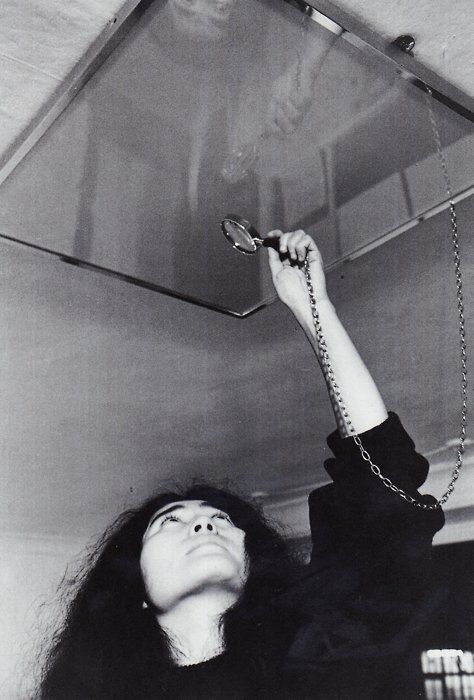

(Left) Yoko Ono preparing her exhibition in the basement. (Right) 'Yes' through the spyglass.
"I was very impressed. John Dunbar introduced us - neither of us knew who the hell each other was. She didn't know who I was; she'd only heard of Ringo. (Ringo means apple in Japanese.) And Dunbar had sort of been hustling her, saying, "That's a good patron; you must go and talk to him or do something."
Yoko explained he could pay five shillings – to hammer a nail into the wooden board to create 'his own piece of art'. John declined. But offered to hand over an imaginary five shillings to nail an imaginary nail into an imaginary board.
"The next thing was, she came to me to get some backing... for a show she was doing. She gave me an artbook. I used to read it, and sometimes I'd get very annoyed by it; it would say things like "paint until you drop dead" or "bleed." Then sometimes I'd be very enlightened by it. I went through all the changes that people go through with her work - sometimes I'd have it by the bed and I'd open it and it would say something nice and it would be all right, and then it would say something heavy and I wouldn't like it."
Asked when he realised he was in love with her.
Lennon: "She did a thing called Dance Event, where different cards kept coming through the door every day saying BREATHE and DANCE and WATCH ALL THE LIGHTS UNTIL DAWN, and they upset me or made me happy, depending. I'd get very upset about it being intellectual or all f****** avant-garde, then I'd like it, and then I wouldn't.
Then I went to India and kept corresponding. The letters were still formal, but they just had a little side to them. When we got back from India, we were talking to each other on the phone. I called her over; it was the middle of the night and Cynthia was away, and I thought, well, now's the time if I'm gonna get to know her any more. She came to the house and I didn't know what to do...so we went upstairs to my studio and I played her all the tapes that I'd made, all this far-out stuff, some comedy stuff, and some electronic music.
She was impressed and said, "Well, let's make one ourselves." So we made Two Virgins. It was midnight when we started; it was dawn when we finished, and then we made love at dawn. It was very beautiful."
Cynthia returned home to find them in bed together. Ono, wearing her dressing gown. The marriage in ruins, she filed for divorce.
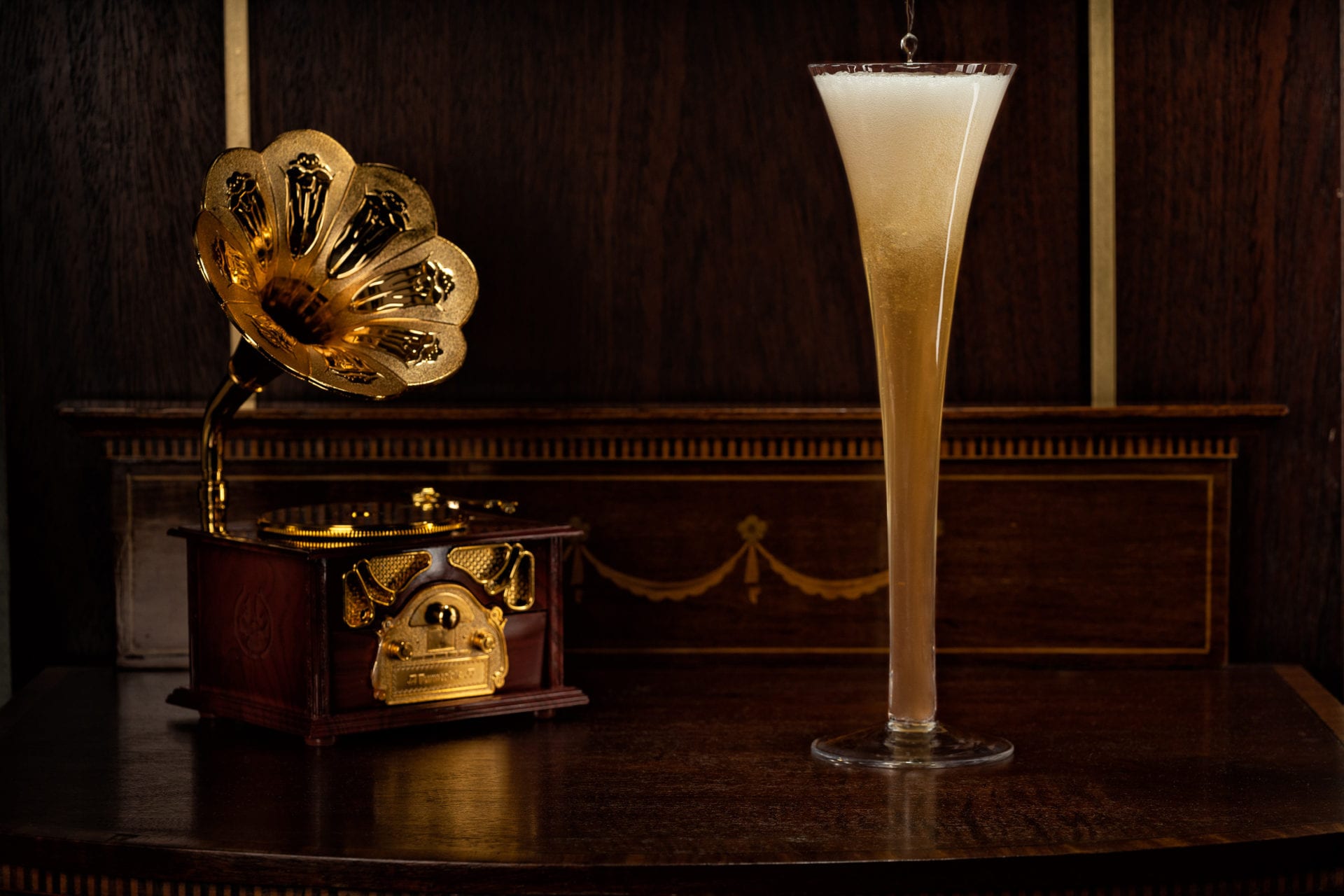
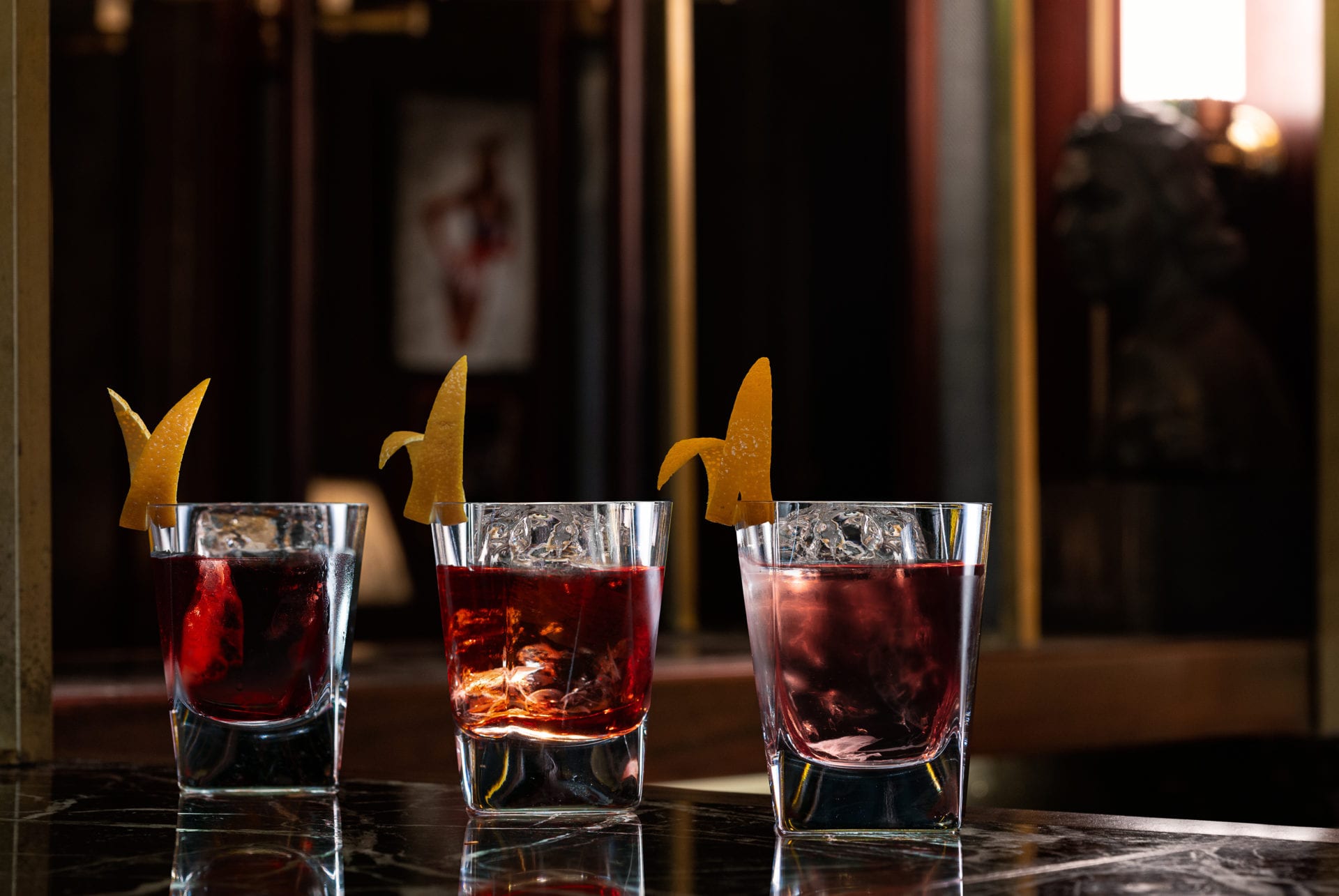
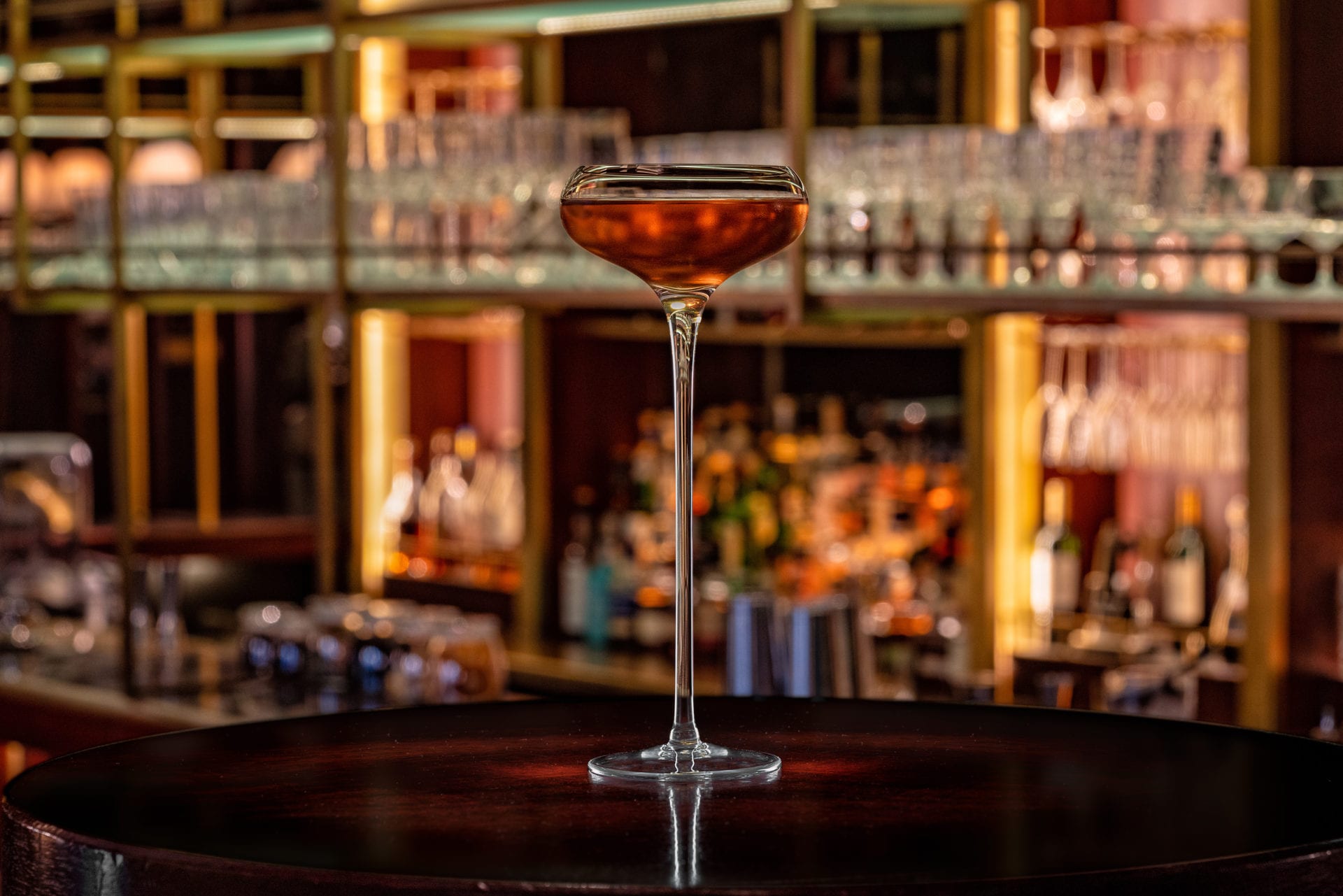
Signature Cocktails for two to celebrate your St James's tour are included.
Those who were closely around Lennon and Ono tell a different tale. Lennon’s trip to Indica has never been disputed, yet there are accounts that the pair already had become acquainted before that November day.
What Paul McCartney said about Yoko
McCartney has said that he remembers being approached by Ono a year earlier, in 1965. She was seeking song manuscripts for a book project she was working on with her friend, experimental composer John Cage. Barry Miles, co-owner of the Indica, backed up McCartney’s version.
What Barry Miles said about Yoko
“She knew exactly who The Beatles were,” Miles told the Daily Telegraph in 2002. She’d already approached Paul McCartney for some John Cage manuscripts she wanted. He wouldn’t give her anything, but suggested she go to John. But she told John she’d never heard of the Beatles and he believed her...”
After the Indica show, she barraged Lennon with postcards. Miles and McCartney claim that Lennon had given Ono the lyrics to the Beatles song “The Word” for the Cage book months before her 1966 London show.
What Reg King said about Yoko
Another version of Ono’s first meeting with Lennon, as recalled by Reg King, singer of London band The Action. King, had a reputation for looking somewhat like Lennon, remembers being approached by Ono at a club.
She said, "Reggie, you look very much like John Lennon'. It wasn’t me she wanted, it was John. So I said, 'Look, if it helps, John does occasionally go to the Speakeasy. I see him there sometimes on a Tuesday night.'
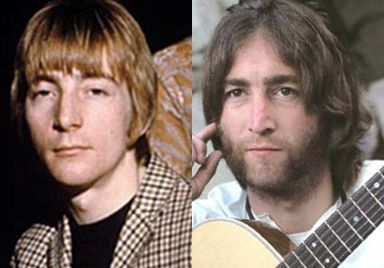

(Left) Side by side profile of Reg King and John Lennon. (Right) Reg King and his London Mod band, The Action.
"The very next Tuesday she was there. That night Paul and John came in. Yoko stood there dumbfounded, ‘Wow, you really do know The Beatles.’ Within 15 minutes she was in there and the rest is history.”
John and Yoko
The continual use of LSD from 1966 into 1967 saw Lennon’s personality drastically change. He wasn’t the fun loving man Cynthia married. His Beatle’s interviews from 1963-64 and television shows compared to the drivel spoken during the sweaty ‘Bed In’ for example.
Together they embodied the free love and peace movements of the 70's as their agenda transcended from music to social commentary. A blueprint for modern day celebrities today. However, John and Yoko's public press releases of idealistic values, they continued to hide Yoko's separation from her first child. The couple who tried to personify the virtues of love and peace. Gilded with hypocrisy of their personal lives.
Tony Cox raised Kyoko and initiated her into the bizarre Domesday cult "The Walk". Unbeknownst to many, Yoko and Lennon kidnapped Kyoko whilst she was on holiday in Majorca from her father, snatching her in a street.
They were caught by police and when asked by a judge, Kyoko expressed her preference to rather return to her father and the cult than live with her mother...
13 Mason's Yard
The Scotch of St James nightclub, frequented by McCartney on many occasions and where he first met Stevie Wonder, still resides in the yard and faces the garage entrance to White Cube.
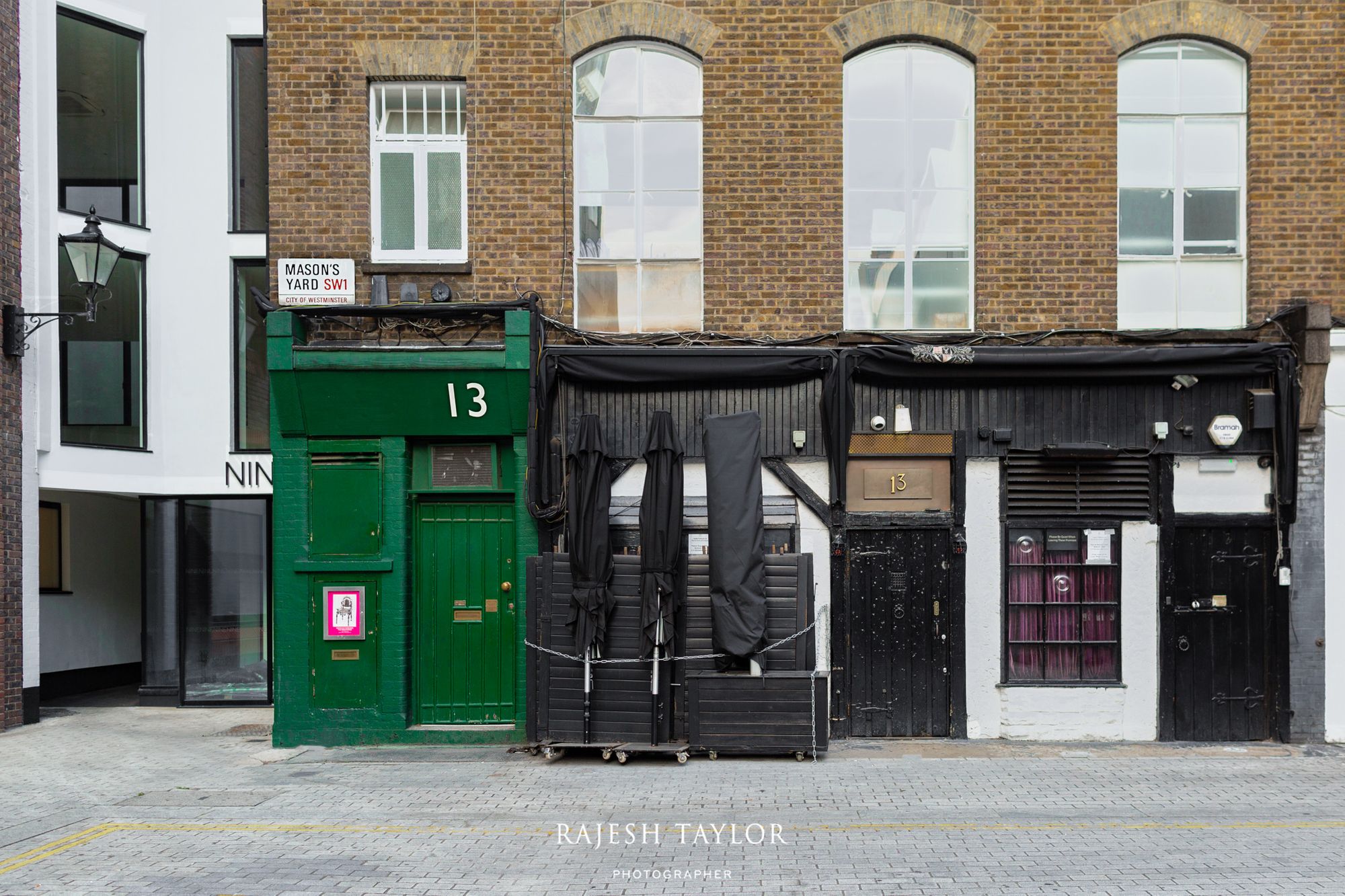
The Scotch of St James's Club at number 13 re-opened with its proximity to The Ritz, The Stafford and Brown's Hotel. It provides a venue for celebrities just a minute drive away. The Rolling Stones' Photographer, Gered Mankowitz had his studio next door and William Burroughs, heroin addict and author of The Naked Lunch, lived close by.
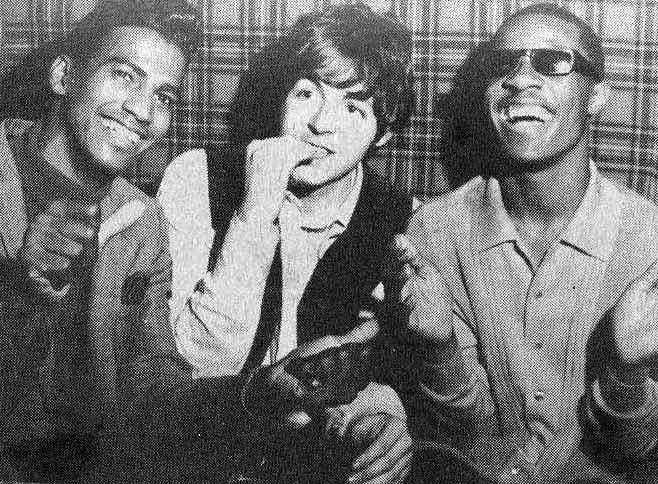
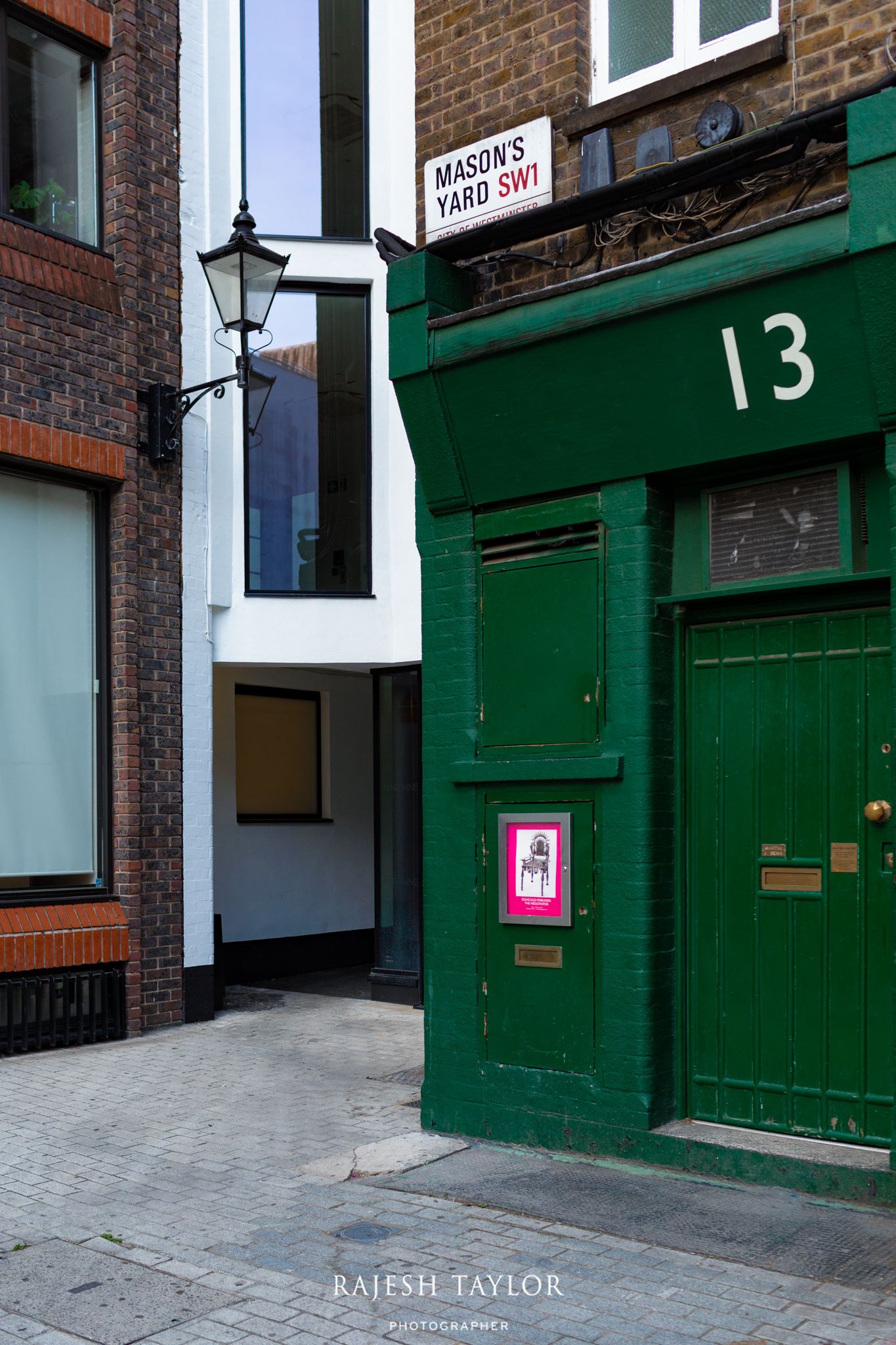
McCartney and Stevie Wonder in The Scotch of St James's 1965.
Mason Yard's Celebrity Exit
The exit from the narrow passage leads into Ormond Yard. As with many former stable yards, now converted flats and penthouses. As of the time of writing, property is currently valued just shy of £3.7M. A garage comes included.
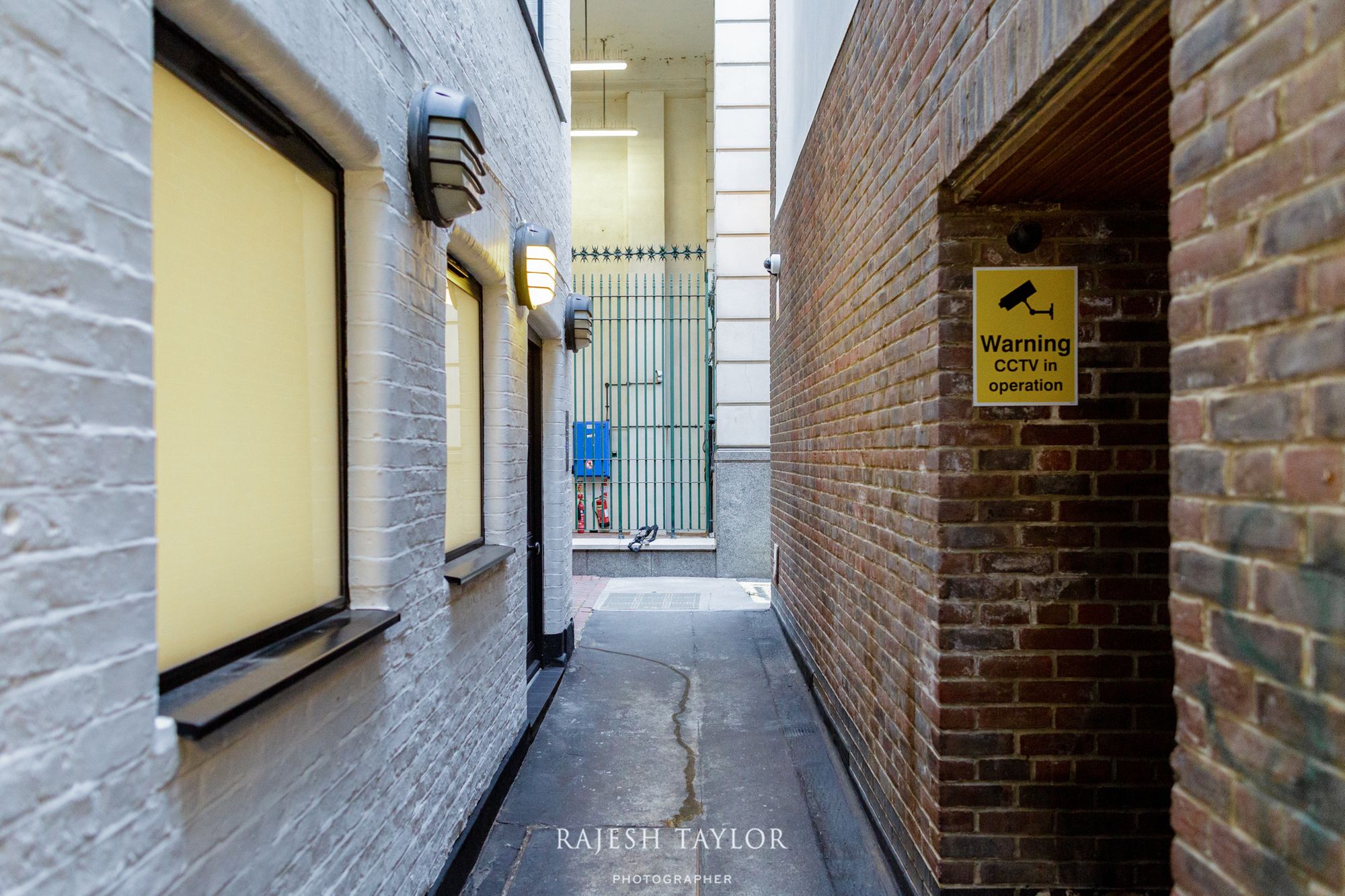
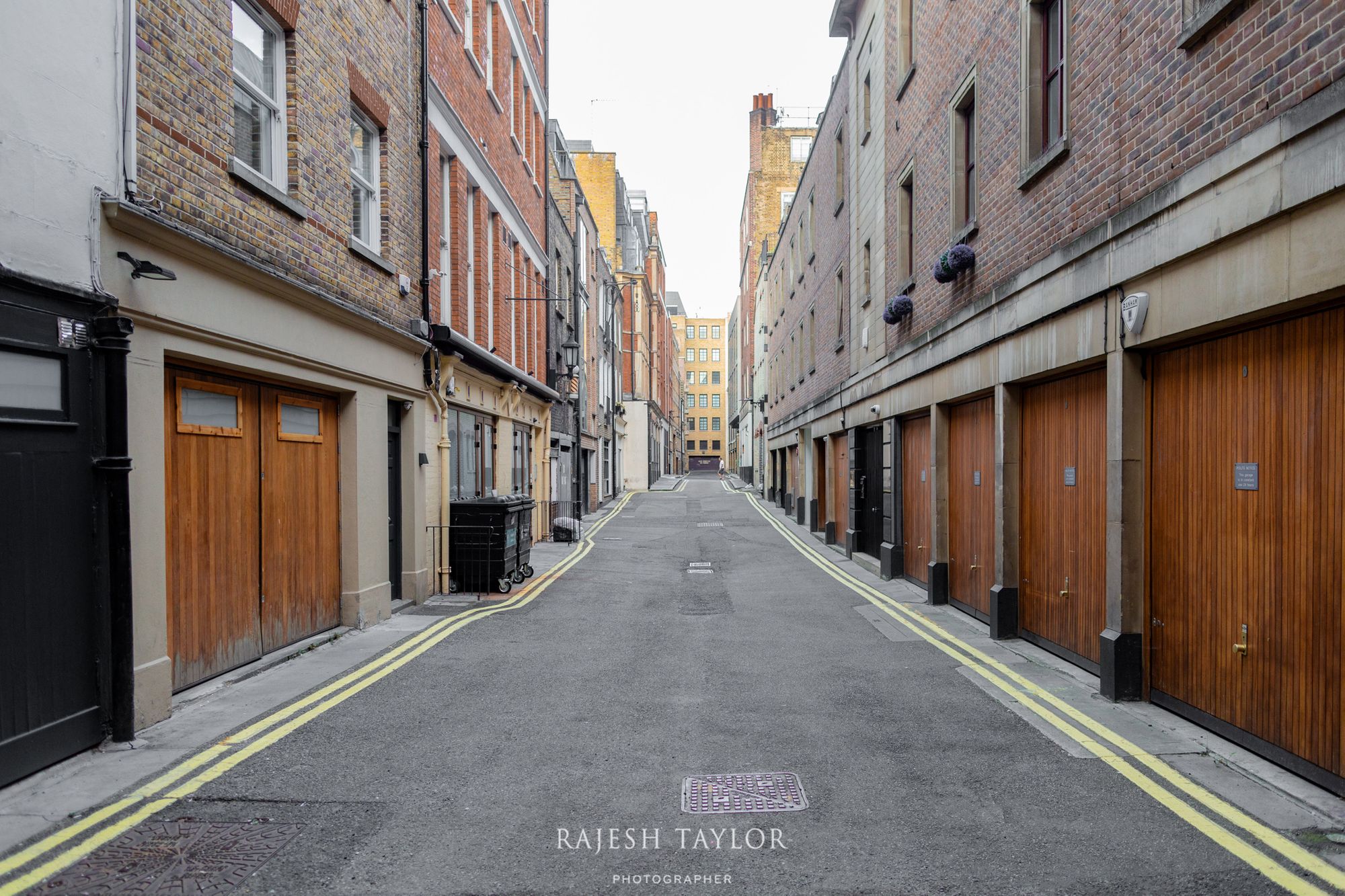
The small path leads right, into Ormond Yard. Providing a private exit. © Rajesh Taylor
A–listers' have their personal entourage waiting away here, just yards from the main entrance.
References:
• John Lennon interview with Rolling Stones Magazine 1970.
• Barry Miles, Book Publisher and Writer.
• John, Paul, George... and Barry. Mick Brown, The Telegraph 2002.
• The Parish and Vestry of St James's, Survey of London 1949.
• Graham Keen, Photographer. Terrence Popper Collection.
